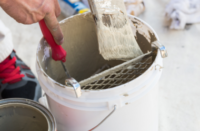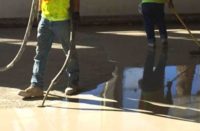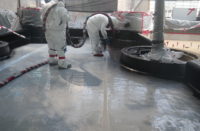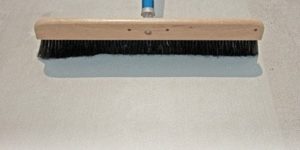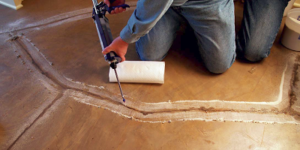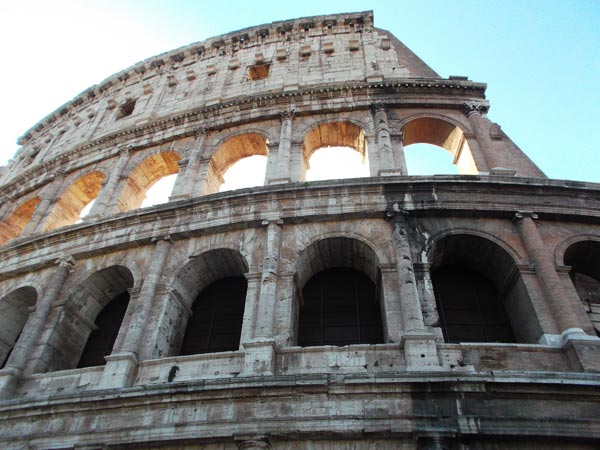
From highways and buildings to homes and sidewalks, so many things you see around you are made partially or entirely of concrete. Most people assume concrete is a fairly modern invention, right? No way! Actually, concrete was used 2,000 years ago in the Roman Empire. In fact, it looks like it was better quality concrete than we can manufacture today.
Consider this statement from the online source ancienthistorylists.com in the blog post titled “Top 10 ancient Roman inventions.” Concrete was listed No. 1: “The revolutionary concrete developed by the Romans inhibited an impeccable built and lasting formation (sic) … scientists who studied its composition in detail found it to be superior to modern-day concrete and far more environment friendlier than the modern counterpart. The piece of concrete they experimented on had been submerged in the Mediterranean for more than 2,000 years. On further analysis of the concrete, it was found to produce a compound that significantly differed from the concrete we use today and made it an incredibly stable binder. The Romans used to combine their cement with volcanic rocks popularly known as tuff, enabling the resulting concrete to endure possible chemical decays.”
In fact, concrete manufacturers may have to go back to the drawing board if they want to match ancient Rome. Most are familiar with seeing cracks develop in some concrete only a few years after its construction. Here is an interesting statement from a July 2017 issue of Science (http://www.sciencemag.org/news/2017/07/why-modern-mortar-crumbles-roman-concrete-lasts-millennia) from an article in the journal titled “Why modern mortar crumbles, but Roman concrete lasts millennia.” The opening sentence is astounding: “Modern concrete — used in everything from roads to buildings to bridges — can break down in as few as 50 years. But more than a thousand years after the western Roman Empire crumbled to dust, its concrete structures are still standing.”
The article notes that scientists have figured out that Roman concrete got stronger — rather than weaker — over time. As hinted at previously, the “secret” ingredient involved a mixture of volcanic ash, lime and seawater. This was mixed together with volcanic rocks and spread into wooden molds that were immersed in seawater.
To pick up again from the publication, “… researchers studied drilled cores of a Roman harbor … when they analyzed it, they found that the seawater had dissolved components of the volcanic ash, allowing new binding minerals to grow … researchers found that when seawater percolates through a cement matrix, it reacts with volcanic ash and crystals to form Al-tobermorite (a very rare hydrothermal mineral) and a porous mineral called phillipsite.” These minerals actually make the concrete stronger with the passing years — and centuries. Thus, we now know why so many Roman concrete structures still stand.
While it’s doubtful that concrete manufacturers will change their processes anytime soon, since doing it the Roman way would involve substantial change and expense, if the concrete is desired to last through the ages — like say until 3000 A.D — doing it the old-fashioned way appears to be the best way.
